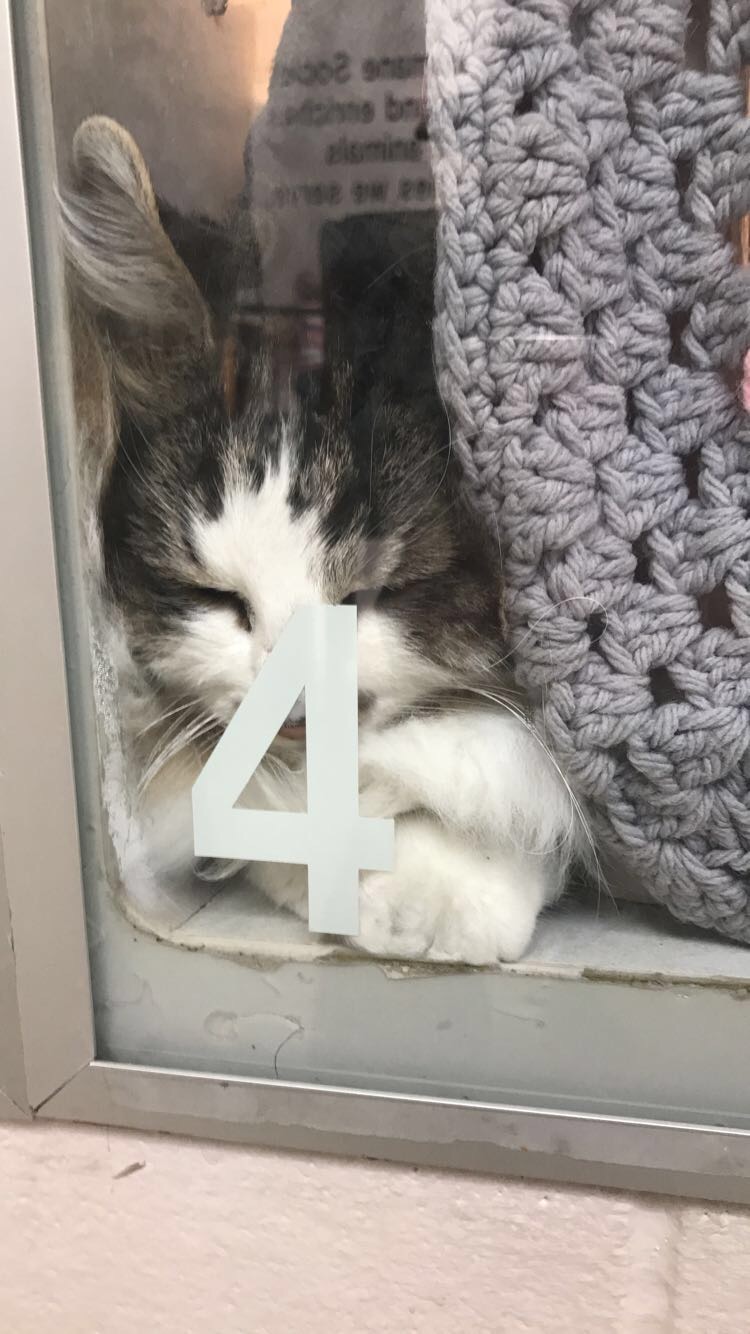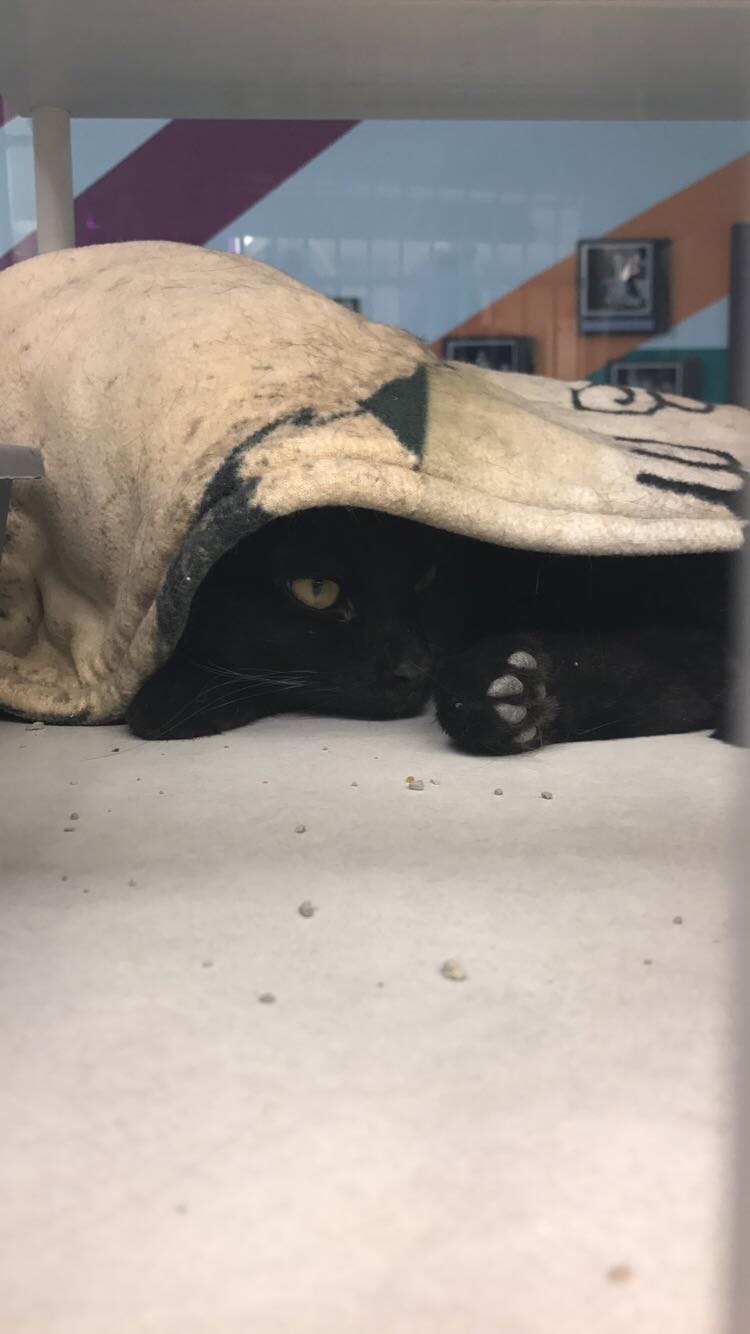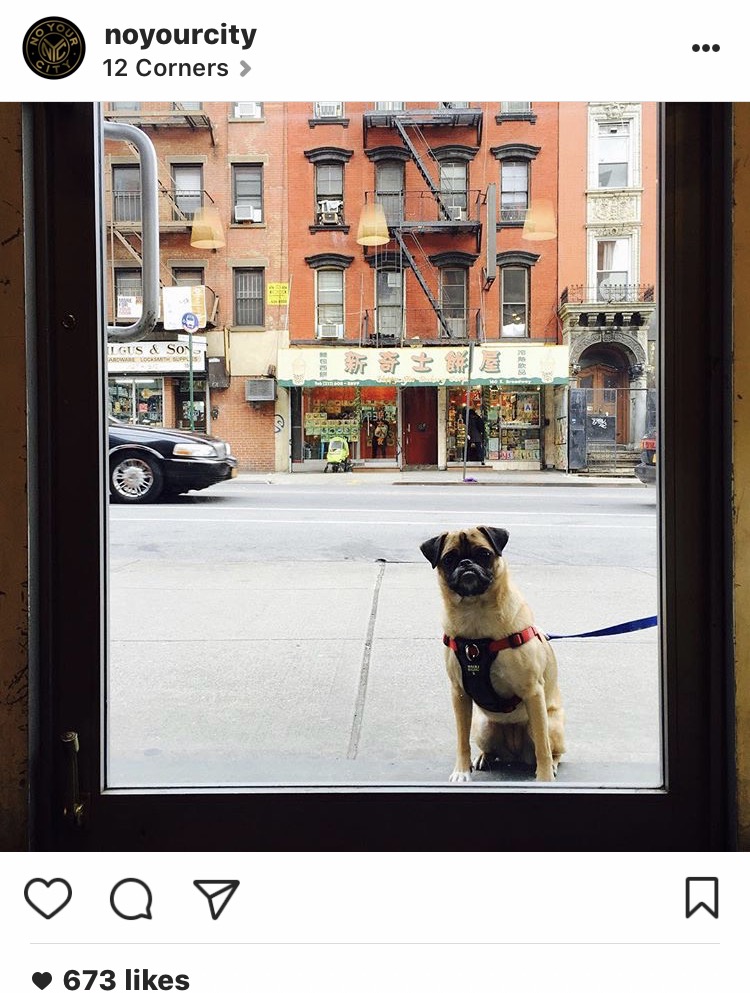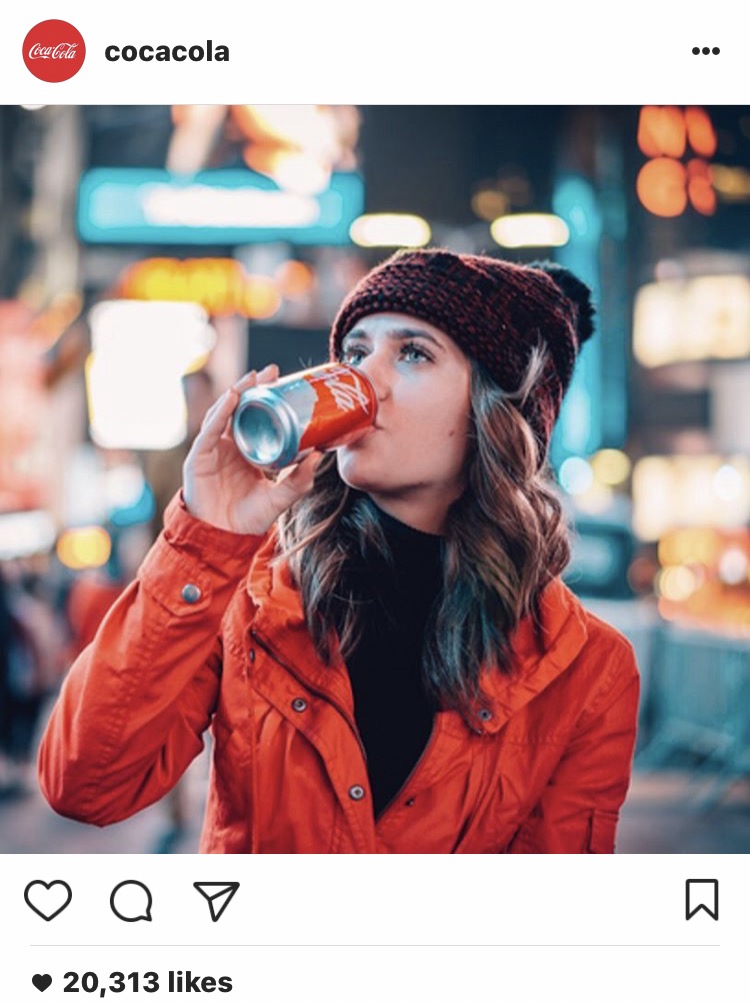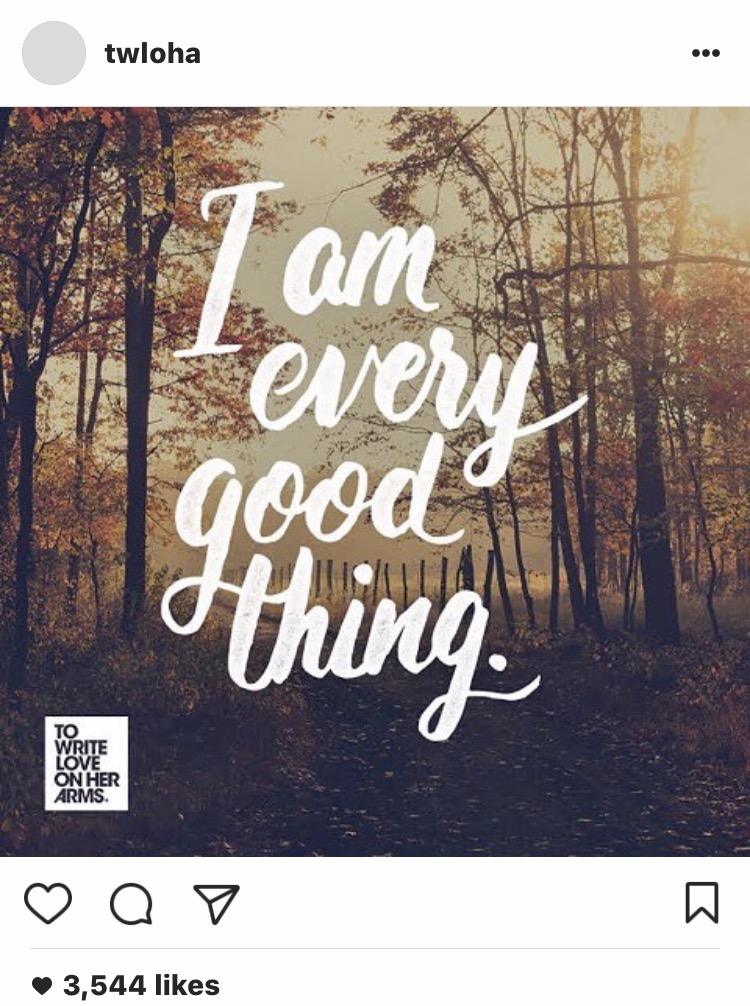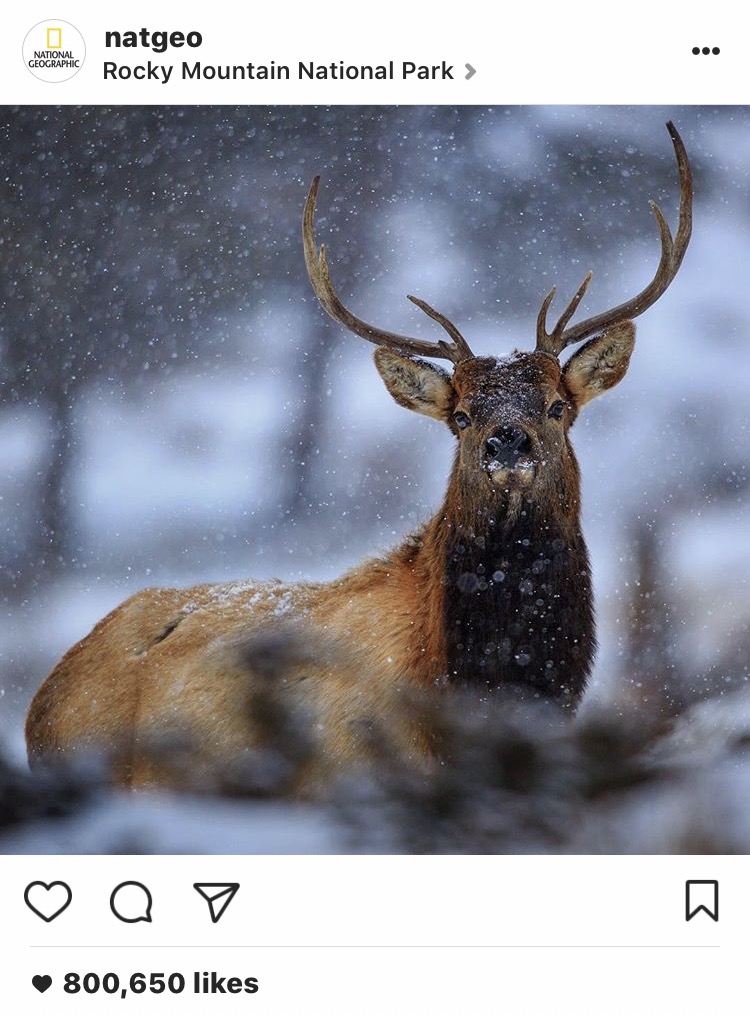
Tomorrow, we’re giving 60-90 second elevator pitches for our senior entrepreneurial projects. In case you’ve never heard of them, elevator pitches refer to brief descriptions of an idea or product that includes enough critical information so a client or investor could easily understand what you’re selling after listening for a short period of time. In other words, it’s all about choosing the right promotional material, showing the market and your value proposition, and getting the pitch out as quickly and efficiently as possible. A good elevator pitch should create a strong impression and leave potential buyers asking for more by the time you’ve finished introducing your product, or “ridden your elevator to the top floor,” so to speak. As you can probably imagine, elevator pitches aren’t the easiest speeches to develop, but they are one of the most necessary parts of marketing if you’re hoping to get people on board.
I’ll admit I’m a little nervous for tomorrow. Even though I’ve taken Speech & Debate classes before in high school and have quite a bit of experience with public speaking, I still find myself feeling edgy before giving a presentation, especially a presentation that’s supposed to summarize and promote the fundamentals of my entrepreneurial idea. Is it just me or does it feel like the more you dive into a project, the harder it gets to explain it to other people?
Luckily, there are plenty of resources out there for crafting the perfect elevator pitch, including this blog post from Slidebean that gives examples of elevator pitch from successful startups. The blog details several key features to developing a memorable elevator pitch including defining your product’s 5 W’s (who, what, when, where, and why), making a solid attention grabber, forming a question starter (if that makes sense for your product), avoiding technical jargon, determining your emotional benefit statement, and so much more. While there is no definitive elevator pitch template, there should be a definitive story, market, and audience you’re pitching to.
In terms of my own elevator pitch, I’m leaning towards something akin to how Elon Musk pitched Tesla. First, Musk identified a larger problem at work – “We have record high CO2 levels in the atmosphere” – and then identified Tesla’s electric cars as a solution to increasing CO2 levels: “…we’re trying to…accelerate the world’s transition to sustainable transport…This is really important for the future of the world.”
The entrepreneurial project I’m starting with another student is The Dot, a non-profit period tracker app that donates funds to charity organizations on the days our users are menstruating. The idea started from our shared concern that globally, 1.2 billion girls and women do not have access to feminine sanitation products or hygiene care. The rate of period poverty has devastating consequences on social and economic progress in third world countries. Some researchers have estimated that 1 in 10 girls from Sub-Saharan Africa skip or drop out of school during their menstrual period because they do not have pads; as a result, the cycle of poverty continues for women who cannot complete their secondary education. We wanted to do something to make a difference, to create a product that would make it easy for our users to ignite a change against period poverty.
Our idea has a lot of heart and – we believe – a good value proposition (other period tracker apps on the market do not have a non-profit focus). Of course, it’s challenging to describe our product without the complex, multifaceted issue of period poverty attached to it. That’s why I’ve decided to open my elevator pitch by giving a quick, broad stroke of the issue, then narrowing down how our product specially helps tackle period poverty. I’m also trying to come up with a catchy slogan for the end. Maybe something along the lines of “Be her difference. Be a Dot for her.”
I’ll keep working on it.

